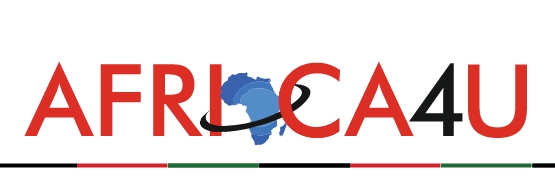(3 minutes read)
The Tanzanian government stated that the country has strong laws and regulations guiding foreign exchange trade in the wake of reports that Kenyan businesses are now sourcing dollars from Tanzania to meet manufacturers’ and general goods importers’ obligations. Bank of Tanzania (BoT) is closely monitoring the foreign exchange trade to make sure that the laws and regulations are strictly observed while conducting business.
The Tanzanian government stated that the country has strong laws and regulations guiding foreign exchange trade in the wake of reports that Kenyan businesses are now sourcing dollars from Tanzania to meet manufacturers’ and general goods importers’ obligations. Bank of Tanzania (BoT) and other organs are keeping their eyes open on this situation to ensure that the country’s foreign exchange trade is conducted smoothly as per the country’s laws and regulations.
Kenya is currently facing an acute dollar shortage after its foreign exchange reserves dropped to a near 10-year low, breaching the critical level of four months’ import cover in the wake of huge foreign debt repayments.
The Deputy Permanent Secretary in the Ministry of Finance and Planning Tanzania, Lawrence Mafuru said in Dar es Salaam yesterday that foreign exchange trade in the country is guided by the Foreign Exchange Act and regulations. In buying and selling of dollars and other foreign exchange currencies from the banks and bureau de change, appropriate documents should be produced as stated by laws and regulations. For example, the supporting document referred to in sub-regulation (4) of the Foreign Exchange Regulations may include documentary evidence of residence and valid travelling documents in the case of travelling and relevant invoices in the case of importation.
According to the Bank of Tanzania’s monthly economic review for February, the country’s foreign official reserves declined to 4,807.8 million US dollars at the end of January this year compared to 5,177.2 million US dollars but sufficient to cover 4.3 months of imports in line with the country benchmark of at least four months.
Reports have it that Kenya’s commercial banks are running low on US dollars, which has been challenging for manufacturers and importers of general items to fulfill their responsibilities. Following the eventual shortage of dollars and a rush to protect reserves, the Central Bank of Kenya (CBK) ordered commercial banks to restrict the number of dollars they give out.
Many currency merchants and importers claim that banks have placed a daily limit on dollar purchases of as little as 5,000 US dollars because businesses are finding it difficult to get enough foreign currency to meet their supply needs. Due to the shortage, industrialists are now compelled to look for dollars daily and from many lenders to meet their monthly hard currency demands. This makes it more difficult for them to maintain good supplier relationships and bargain for favourable rates in spot markets.
Read Also:
https://trendsnafrica.com/bank-of-tanzania-to-follow-a-moderate-monetary-policy/
https://trendsnafrica.com/tanzania-to-focus-on-msmes-to-address-their-financial-requirements/
https://trendsnafrica.com/tanzanias-population-registers-a-decadal-growth-of-37/
Leading companies have begun trading dollars among themselves, and those in need of hard money are showing an interest in hotels and aviation companies. This is breaking the law and fostering a parallel dark market that could lead to several economic issues, such as deterring foreign direct investment (FDI), promoting rent-seeking, and shrinking the interbank FX market.
The industrialists’ organisation claimed that the dollar crisis has harmed relationships with suppliers at a time when global competition for raw materials has increased as a result of rising demand and persistent supply chain restrictions. The shortfall results from increased exports of raw materials and equipment following the economy’s recovery, which is driving up dollar demand.





